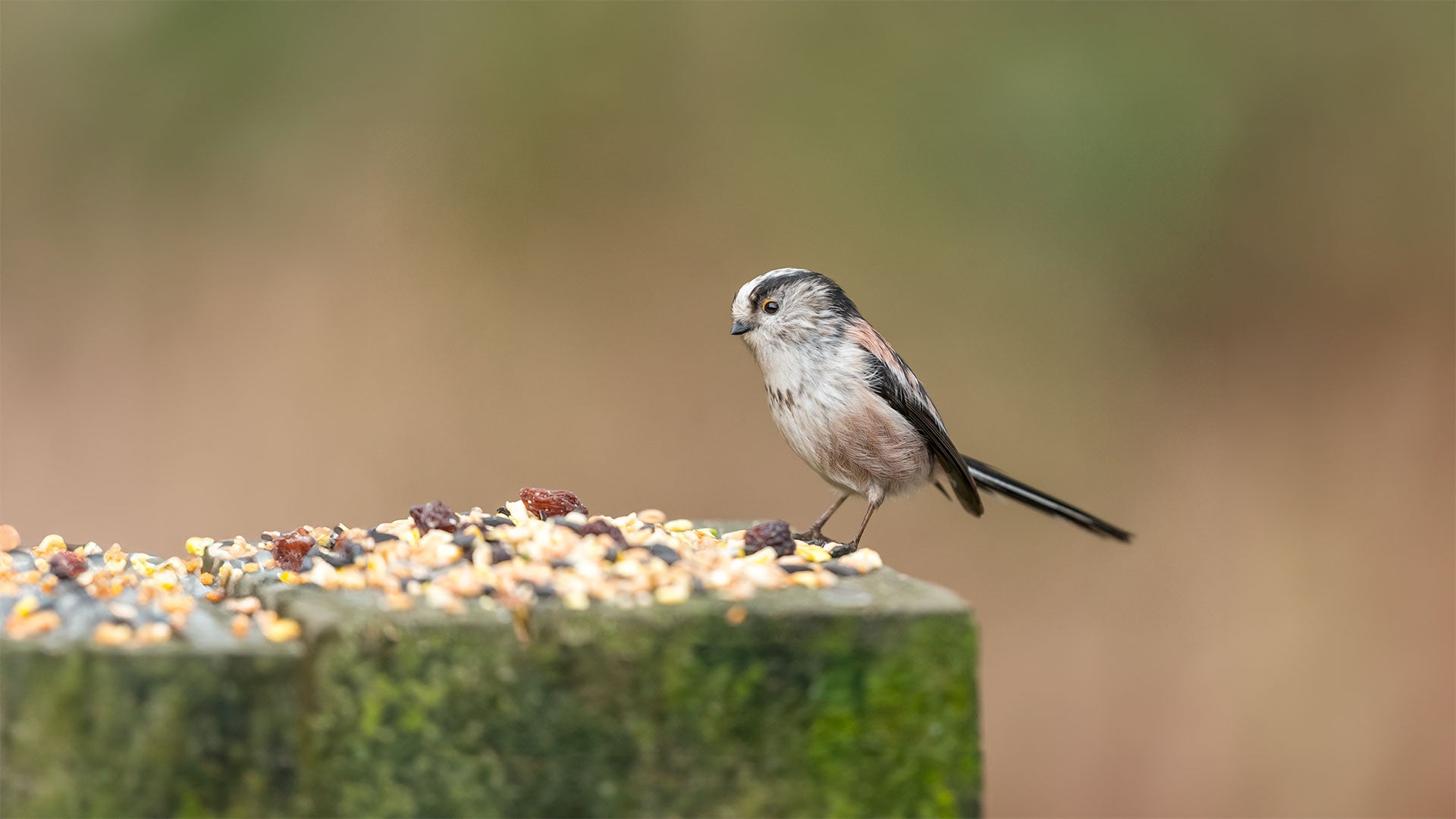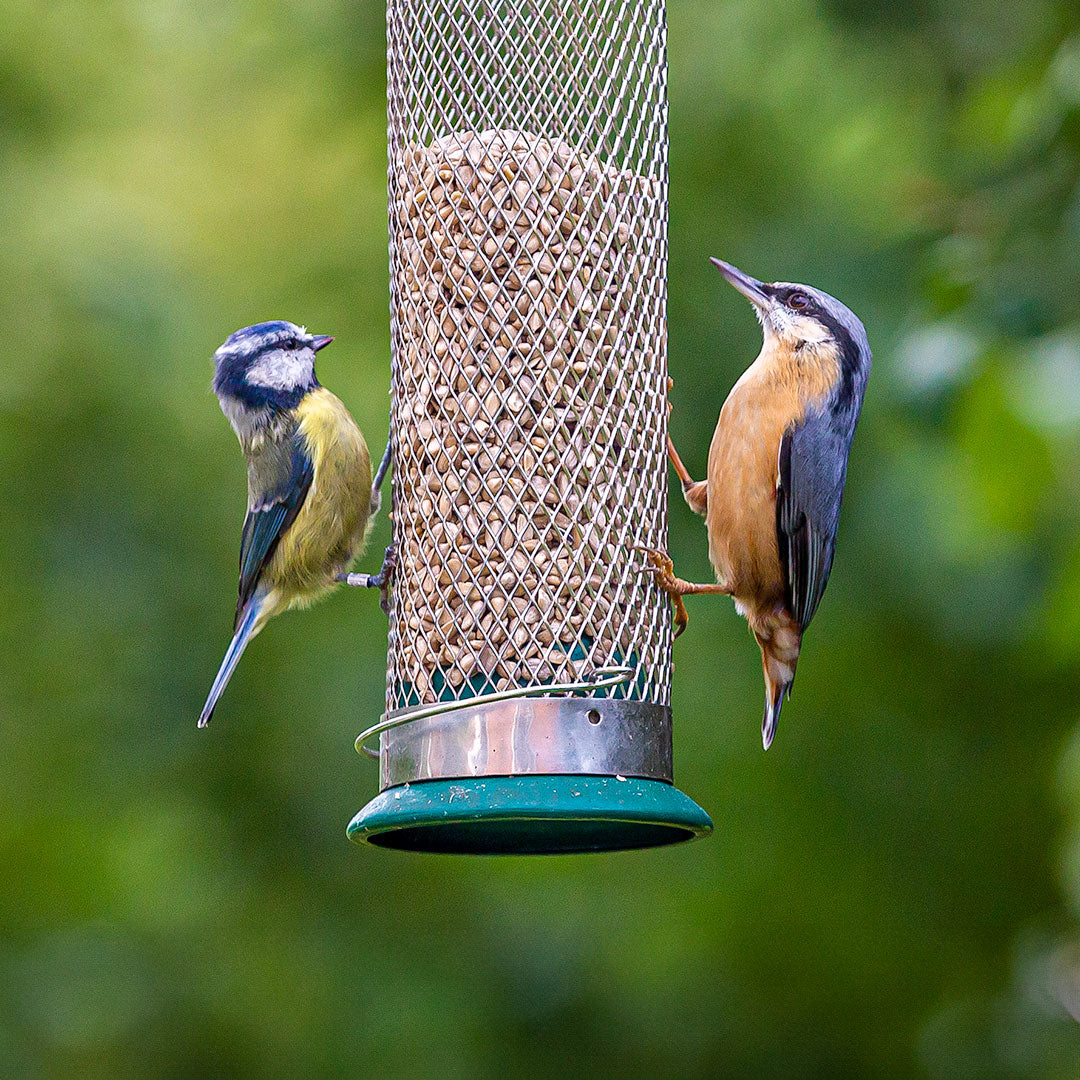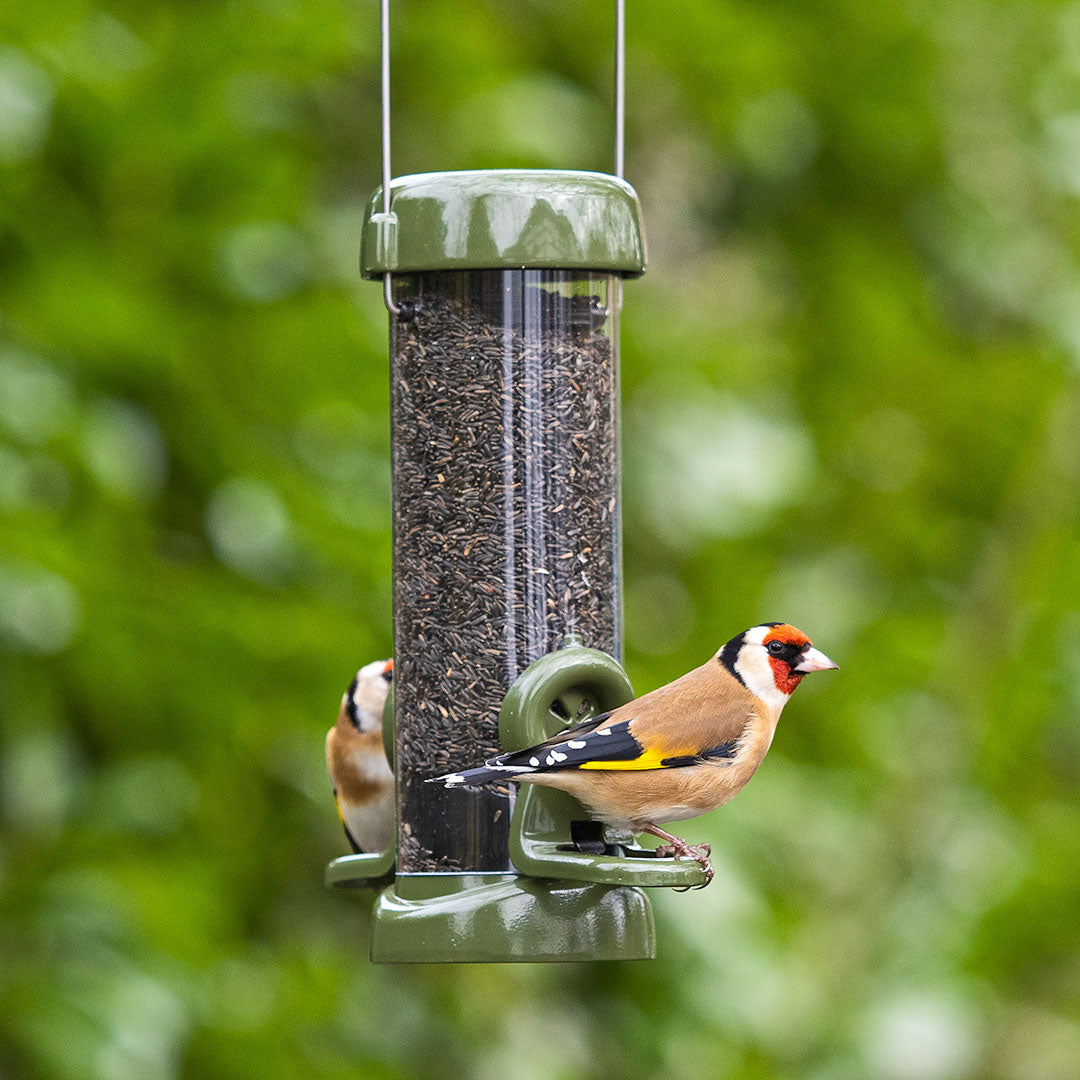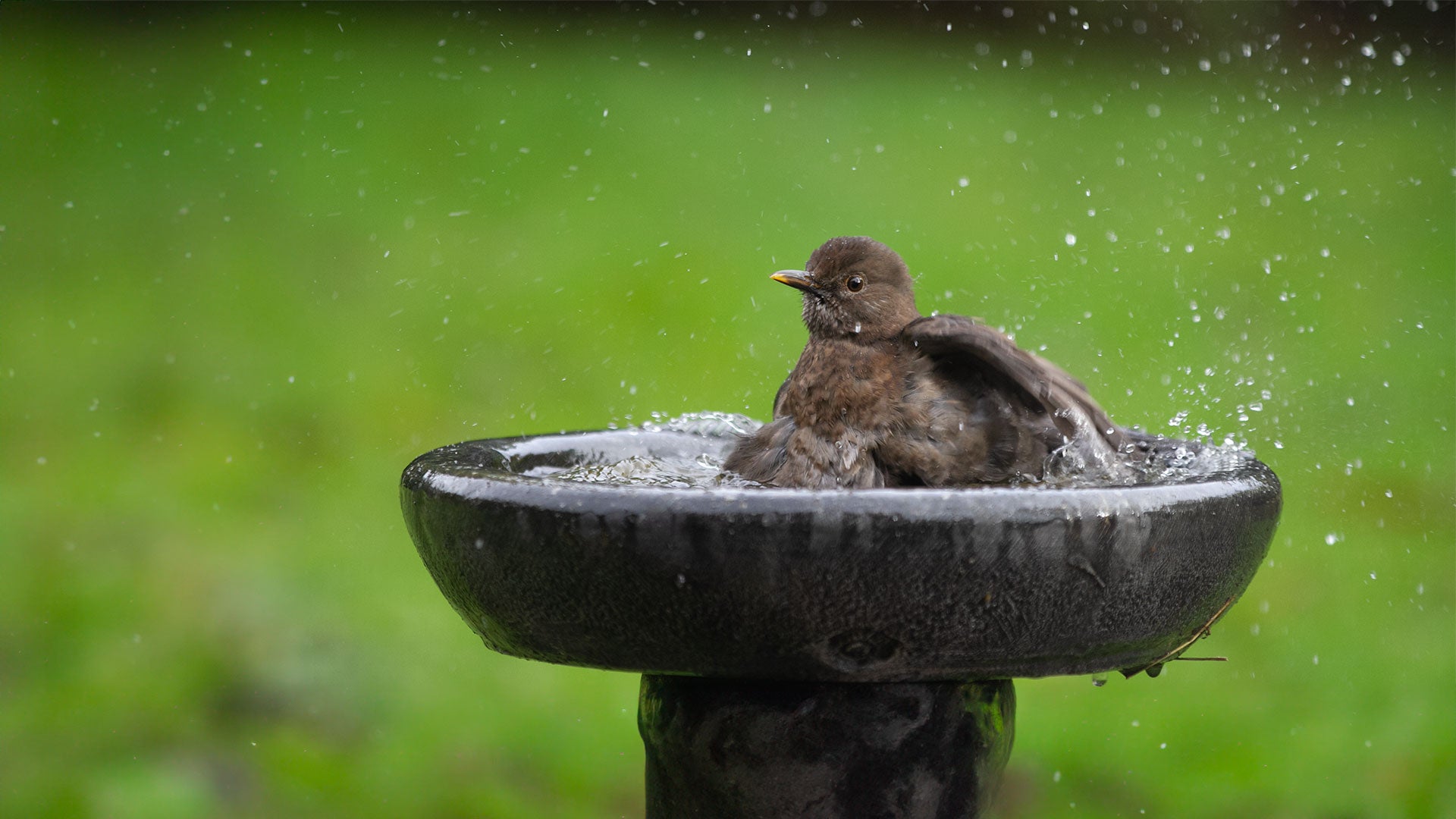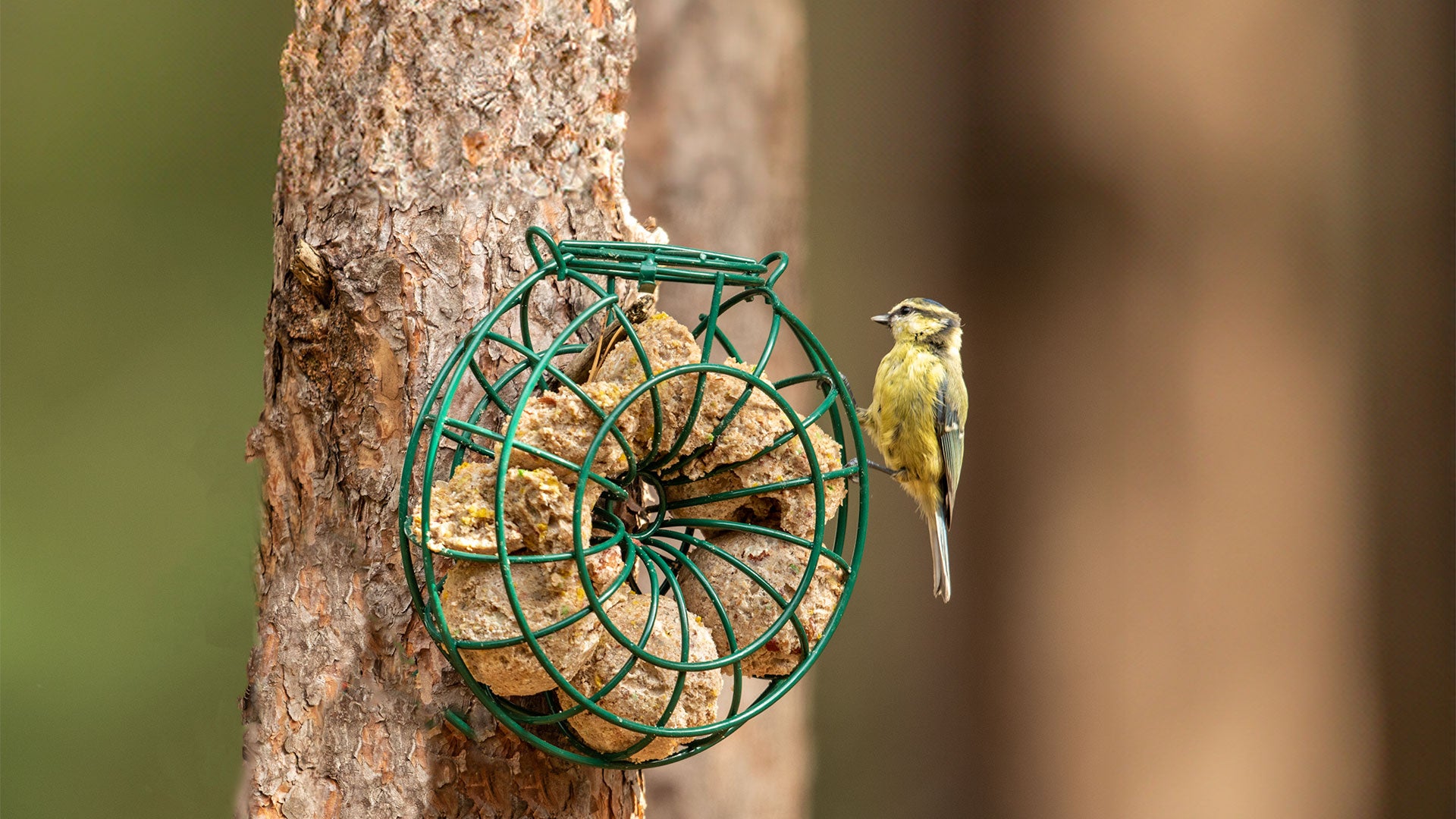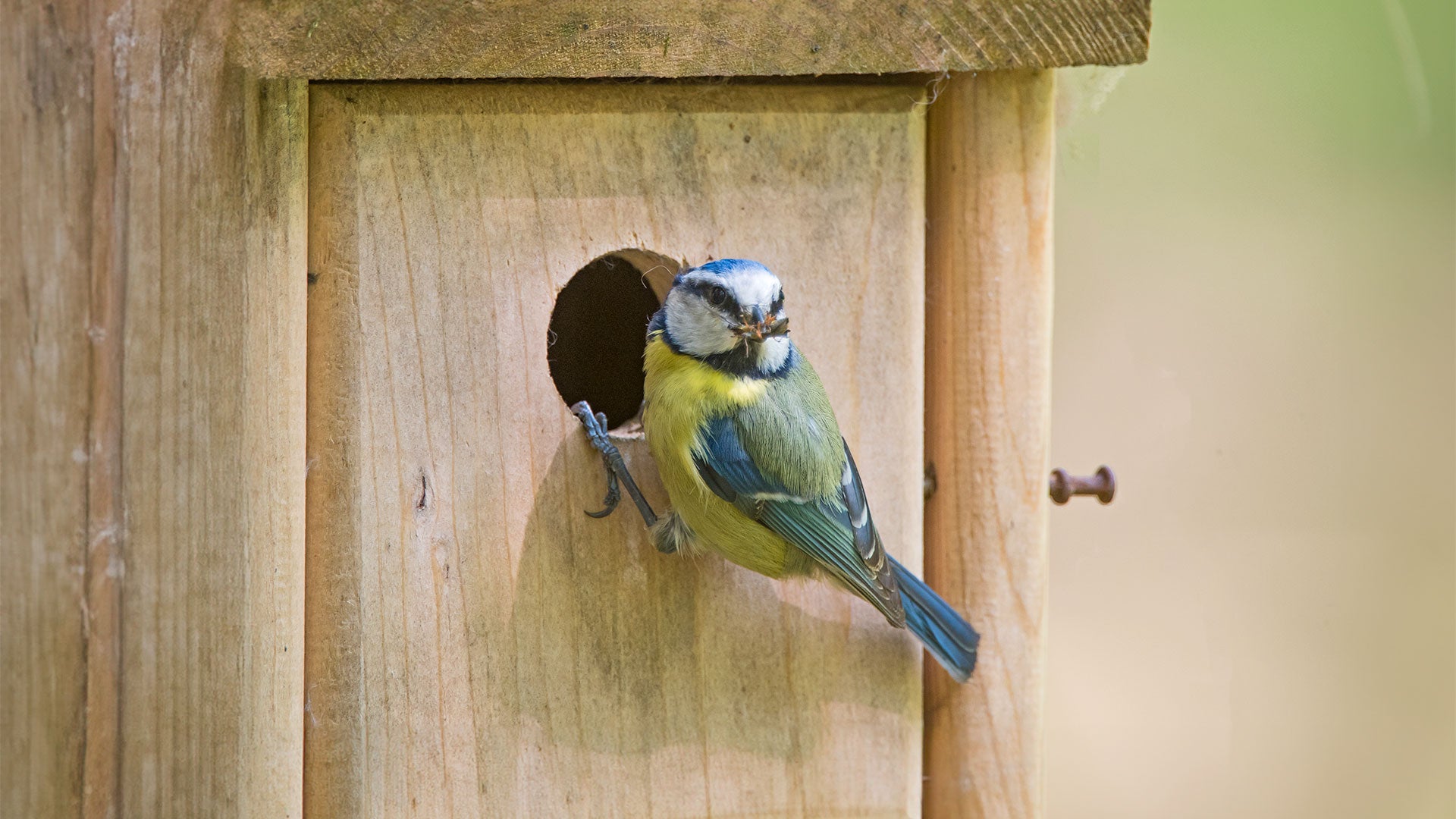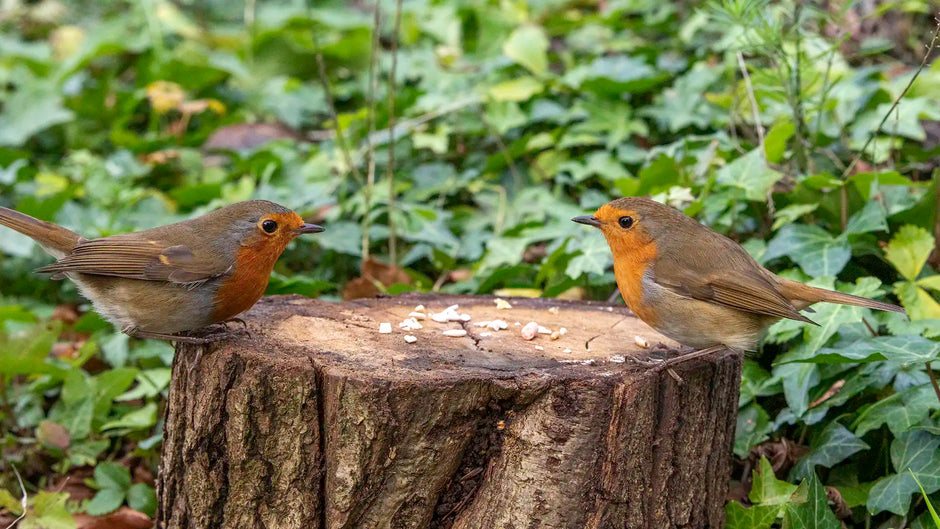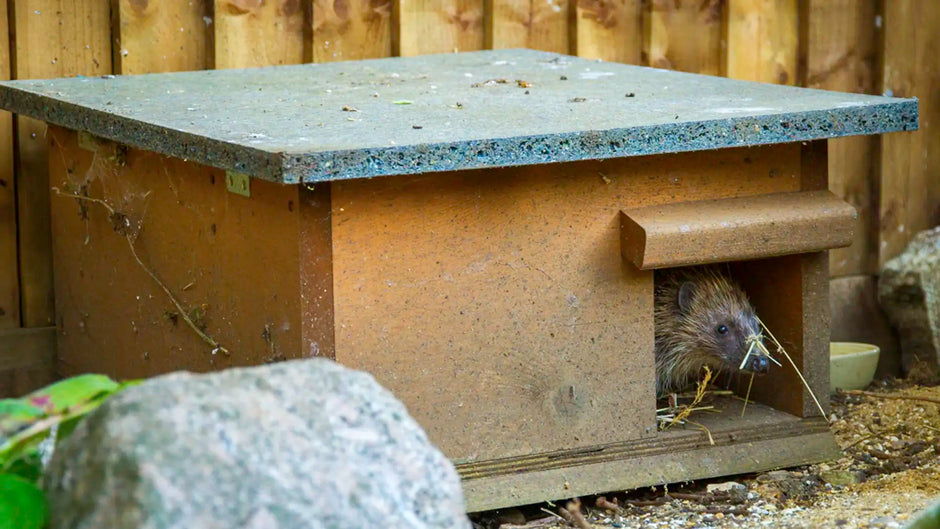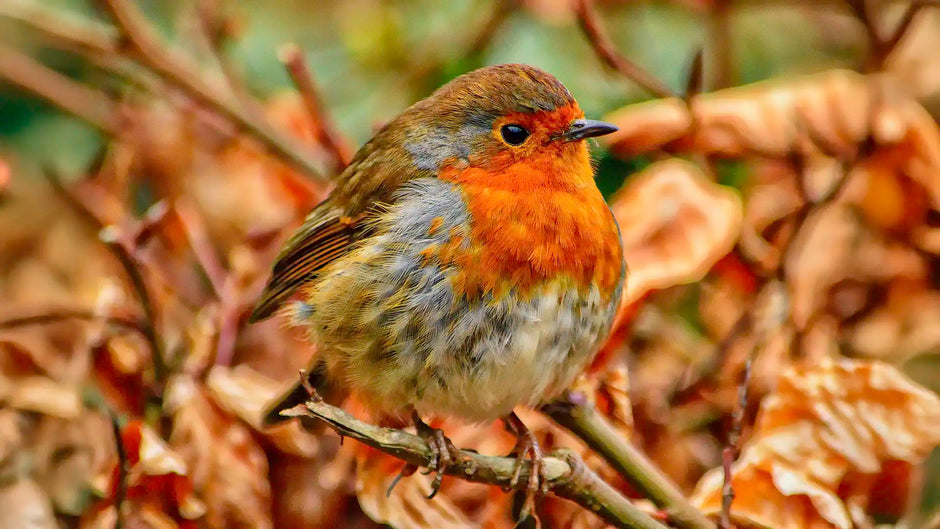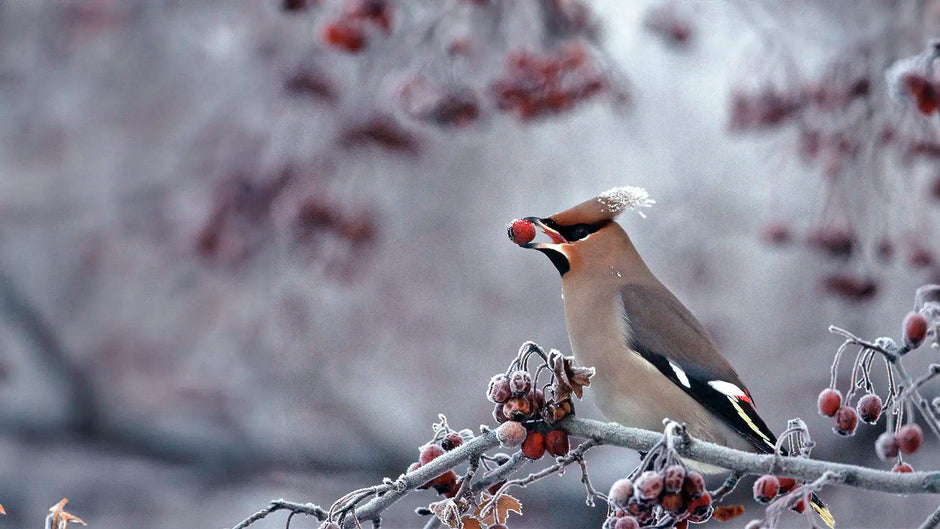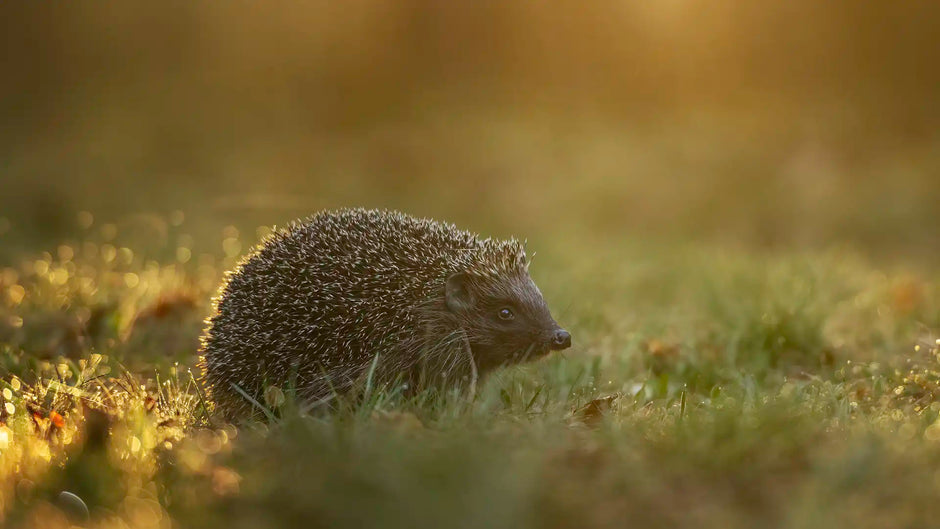Summer in the garden is alive with new voices, hungry fledglings begging, swifts screaming high above, and the steady chatter of sparrows in the hedge. For birds, this season is no holiday. Adults are run ragged feeding broods, youngsters are vulnerable as they learn to fly, and migrants settle into homes under our eaves. Here’s how to feed and support garden birds through the long summer days.
Why Summer Feeding Matters
It’s tempting to think summer is easy for birds. Food is abundant, days are long, and insects hum through the garden. But scratch beneath the surface and you’ll see how demanding summer really is.
- Fledglings are vulnerable: Young birds fresh out of the nest must learn to feed themselves fast, while dodging predators like sparrowhawks and cats. Reliable feeders reduce risky, frantic foraging.
- Adults are exhausted: After weeks of constant chick-feeding, many parents neglect themselves. By July, feathers are worn and tatty, making flight harder just when agility matters most.
- Summer migrants need fuel: Swallows, house martins, and swifts are busy nesting in sheds, barns, and under eaves. Though they eat mainly insects, garden water and insect-rich plants help support them. Warblers and blackcaps may also seek suet or fruit.
- Heat stress is real: Prolonged dry spells leave birds desperate for clean water - not just for drinking but for bathing to keep feathers in working order.
Your garden can become a lifeline: a safe, steady supply of food and water where both young and old can rest, feed, and recover.

Summer Bird Food Staples
Soft, Easy Foods for Fledglings
Fledglings aren’t yet skilled at cracking seeds or tackling tough food. Offer:
- Soaked mealworms: soft, protein-rich, and easy to swallow.
- Sunflower hearts: no shells, just quick energy.
- Specialist Summer Support mixes: softer seeds and small suet & mealworm pieces designed for young beaks.
Watch how pale, fluffy young robins or starlings wait on garden fences for parents to guide them to food. It’s a crucial learning moment.
Energy for Worn-Out Adults
Parents need rebuilding foods:
- Suet pellets and blocks: high energy for fast recovery.
- Peanut granules: smaller than whole nuts, safe for all ages.
- High-protein seed blends: help replenish reserves before moulting begins.
Fruit & Natural Extras
Soft fruit (apple, pear, grapes, chopped berries) can be a lifesaver during heatwaves. Thrushes, blackbirds, and blackcaps especially relish it.
Water is Non-Negotiable
If you only do one thing in summer, make it water. A birdbath, shallow dish, or gently trickling feature draws everything from goldfinches to swifts overhead. Bathing is as important as drinking: clean feathers mean better insulation, flight, and parasite control.

Which Birds Should I Feed in Summer?
- Fledglings galore: Robins, blackbirds, tits, and sparrows, all washed-out versions of their parents, scruffy, and endlessly hungry.
- Adults in recovery: Parents look thin, tired, and often moult. Extra food helps them rebuild.
- Summer migrants: Swifts, swallows, and martins need nest sites in and around houses, while blackcaps, whitethroats, and chiffchaffs glean insects and fruit from gardens.
- Predators at work: Sparrowhawks are more visible, feeding their own broods. While a shock to witness, they’re part of the balance, your food supply makes fledglings less likely to take dangerous risks.

Step into the garden on a summer morning and you’ll quickly notice the difference in voices. Gone is the urgency of spring song; instead, the hedges fizz with the clumsy calls of fledglings, still figuring out how their wings and voices work. Young robins with their speckled chests hop after parents, while starlings gather in noisy gangs, every juvenile demanding food as though they’ve never eaten in their lives.
Watch closely and you’ll see the adults too, feathers dull, tails frayed, movements slower than you remember. They’ve spent weeks shuttling beakfulls of insects back and forth, and now, with their young spilling out of the nest, they finally show their exhaustion. A quick snack at your feeder might be the first chance they’ve had to look after themselves all season.
And then, look up. The skies belong to the summer visitors, swifts screaming overhead, swallows and martins looping low over fields and gardens, blackcaps flicking through fruiting shrubs. Their arrival stitches your patch of garden into a much larger story: a global migration network, and here you are, helping them along with a bowl of water or a handful of fruit.
Of course, summer also sharpens nature’s edges. Sparrowhawks take advantage of inexperienced fledglings, and it can be brutal to watch, but majestic in action. But remember, your feeding station offers a safety net - a steady supply that helps youngsters build strength, reducing the desperate mistakes that leave them exposed.

Summer Garden & Feeder Tips
- Keep food fresh: Warm weather spoils seed and fat faster. Replace regularly.
- Prioritise safety: Place feeders near cover, so fledglings can dash for safety if predators appear.
- Offer water everywhere: One bath isn’t enough in dry spells. Add dishes on sheds, fences, and shaded spots.
- Mind the cats: Keep feeding stations away from ambush points. Encourage neighbours to bell collars.
- Think of insects: Native plants, unmown patches, and wildflower borders provide the natural protein birds crave.
- Shade your feeders: Prevent fat from turning rancid and seed from drying out.

FAQs – Summer Bird Feeding
Do I need to feed birds in summer? Yes definitely, fledglings rely on safe, soft food while they learn, and adults need energy after exhausting nesting seasons. Water is also essential in dry weather.
What’s the best food for fledglings? Soaked mealworms, sunflower hearts, and soft seed mixes. Avoid whole peanuts, as they have the potential to choke an unwary fledgling.
Do summer migrants use garden feeders? Most eat insects on the wing, but blackcaps, whitethroats, and warblers may visit for fruit or suet. Water sources with wet mud, help swallows and house martins nearby.
How can I keep fledglings safe? Place feeders near cover, keep cats indoors at key fledging times, and provide reliable food so youngsters don’t take unnecessary risks.
Why do adult birds look scruffy in summer? Feathers wear thin after months of hard work. Many adults start moulting, which takes huge energy, so reliable food helps recovery.
Final Thought
Summer is a season of noise, chaos, and beauty in the bird world. Youngsters totter into independence, adults collapse into moult, and swifts playfully scream across blue skies. By keeping food simple, soft, and reliable, never forgetting fresh water, you give your garden birds the resilience to thrive. Summer is short, intense, and unforgettable; your feeders help make it survivable too.
Explore more in our A-Z Bird Identification Guide for detailed profiles of all your garden favourites.
Looking to spot a new visitor on your feeder? Our comprehensive species pages help you recognise and care for every bird that drops in.

